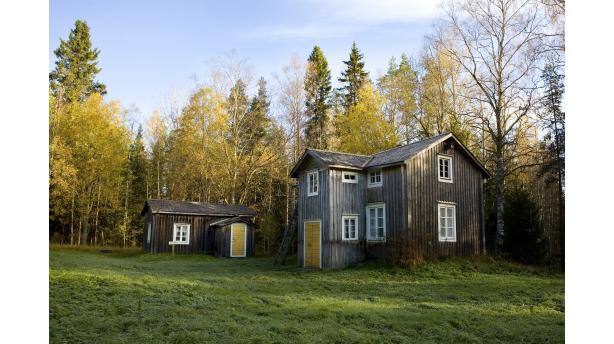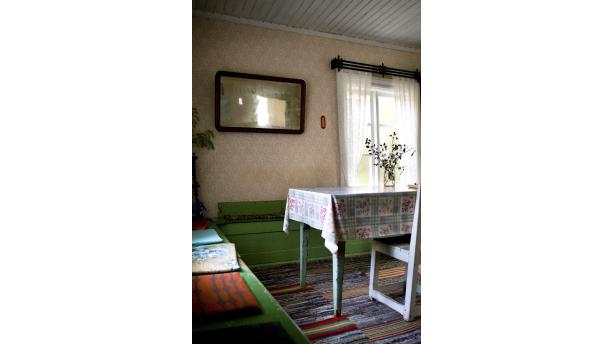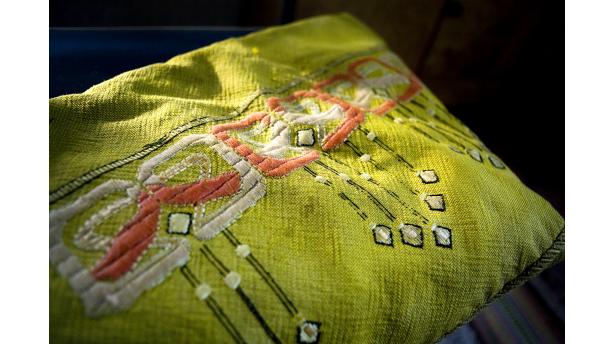Velkmoss was for a long time a very secluded region, and the distance to one’s nearest neighbor was several kilometres until the turn of the 20th century, when the region was gradually inhabited, and the church crofters were no longer alone in the forest.
Museum A-Ö » Religion and society » Pörtom Parish Croft
Pörtom Parish Croft



Did you know...
Velkmoss was for a long time a very secluded region, and the distance to one’s nearest neighbor was several kilometres until the turn of the 20th century, when the region was gradually inhabit ...
The Pörtom parish croft is one of the three parish crofts that have survived in Finland. The croft is situated on a peaceful and beautiful clearing. The buildings have remained unpainted, and in the furnishing of the cabin have been preserved an open fireplace, benches attached to the walls, some cupboards and beds.
The roots of the Pörtom church parish extend all the way to the year 1752, when the parish received 100 hectares of forest in connection with the Great Partition. The church parish is located on the Sturikbacken of Velkmossen about 10 km west of Pörtom. In the old times there was no proper road from Pörtom to the west. Instead the croft could be accessed by a footpath or through a roundabout with a cart. The croft was owned by the church and the crofter family supervised the church forest, but the family was allowed to use the forest and the land for their own purposes.The first church crofter of Sturikbacken was Matts Adamson Dahlberg from Pörtom. He occasionally also worked as a carpenter, a farmer and a miller. Dahlberg signed the church crofter contract in 1860 and built a cottage and cowshed on the property. He practiced slash-and-burn agriculture, chopped firewood for the employees of the church, and cleared 2,5 hectares of farming land. He died after having been a crofter for only four years and his widow and family moved out of the cottage. After that the church croft had several owners and the last crofters, August Aspbäck and his sister Josefina, worked on the farm for thirty years until 1960.
The Dahlberg cottage no longer exists. The current croft building dates back to the beginning of the 20th century. The large families with children, that later lived on the estate, needed a bigger cottage. The small croft and outbuildings were reputedly inhabited by 23 people at its peak, but that is likely to have been only a temporary solution. In the winter the croft served as a lay-by for lumbermen and they also lived there occasionally while working in the forest. During the wartime the church was required to provide the state with a certain metre quantity of wood.
The interior has remained the same after the last crofters, the Aspbäck siblings, moved out in 1962. Before that there were four cows, sheep, calves and one horse on the estate. Butter was naturally churned at home and the majority of the necessities were also made by oneself. On the area were also a minor cottage, a house across the yard with a stable, a fodder barn, a cowshed, a grain barn and a well. The minor cottage, which has now been restored, was once combined from two hay barns into a right-of-occupancy cottage for the parents of the last crofters. They dwelled there until 1946.
People still gather at the croft during church services according to an old tradition. The congregation arranges a church service at the croft under the open sky for about three times a summer. Various games, quizzes and service are also organized by the congregation during the event.


